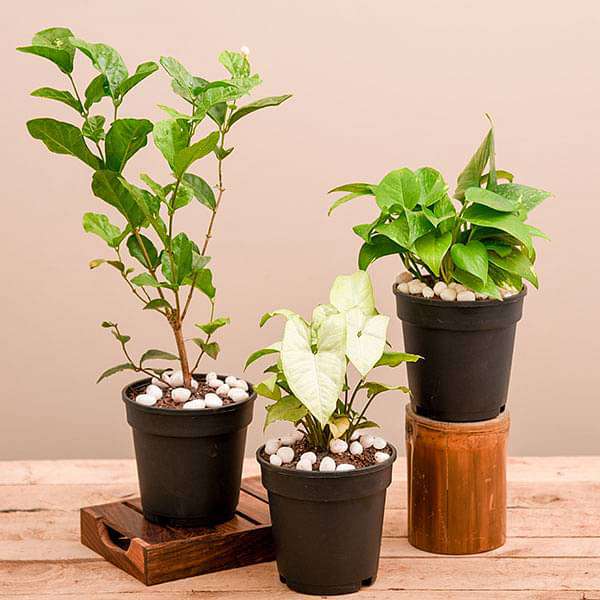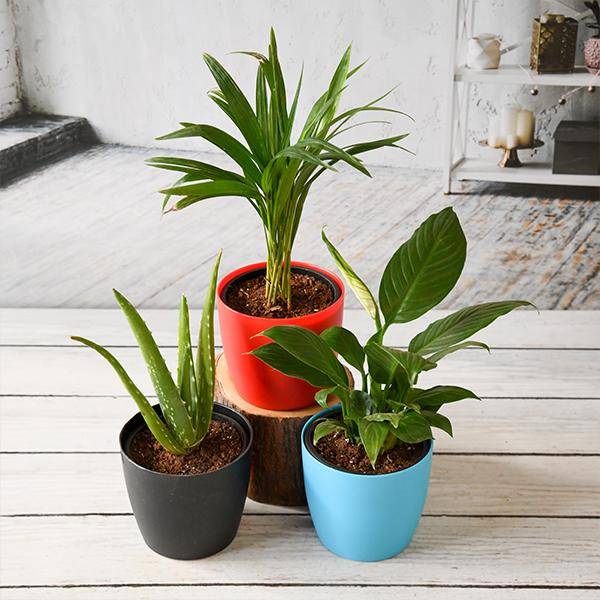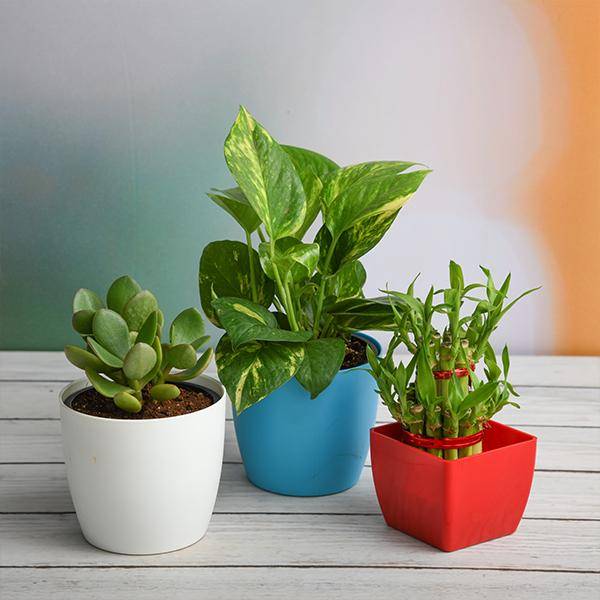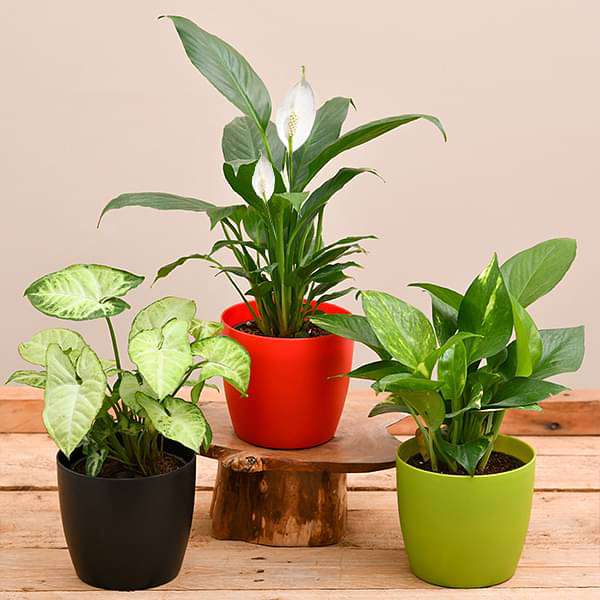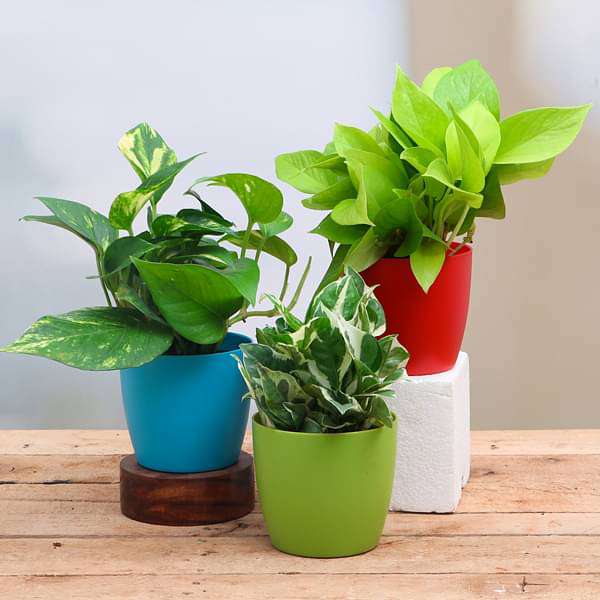7 Plants to Keep Bugs and Pests Away From Your Garden
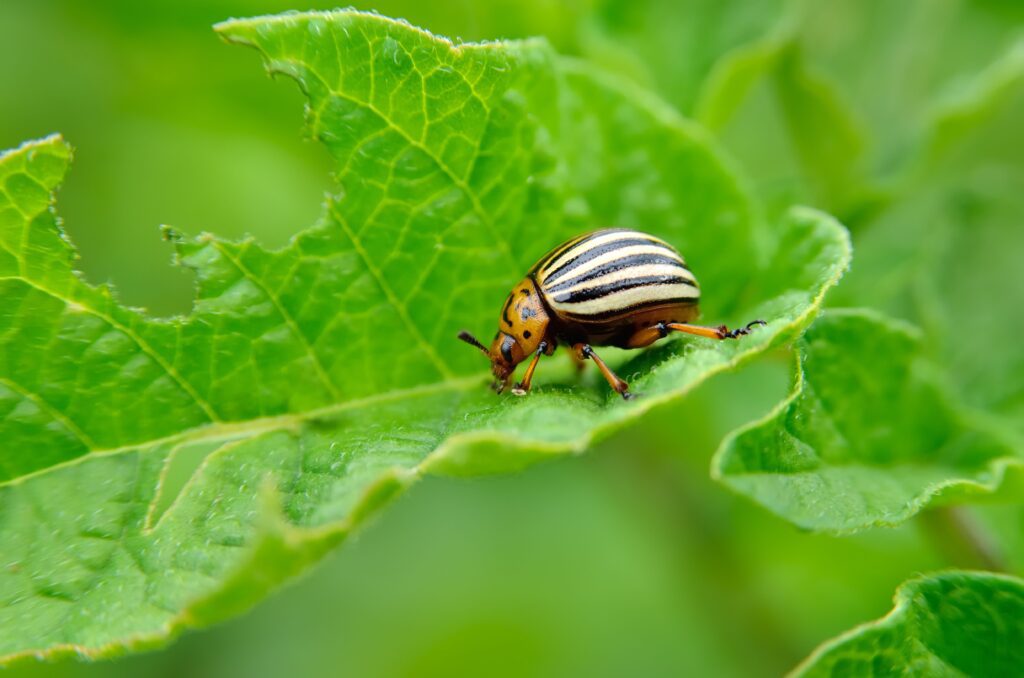
Introduction
Maintaining a thriving garden requires more than just sunlight and water. Dealing with unwelcome pests and bugs can be a frustrating challenge for any gardener. While chemical solutions are readily available, many people prefer a more natural and eco-friendly approach to pest control. This is where certain plants come to the rescue. By strategically planting insect-repelling flora, you can create a healthy and harmonious garden environment. In this article, we’ll introduce you to seven plants that can help keep bugs and pests at bay.
Lavender (Lavandula angustifolia)
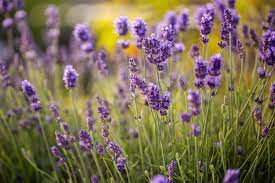
Lavender is known for its beautiful purple flowers and its calming fragrance, but did you know it’s also a natural insect repellent? This aromatic herb can help deter mosquitoes, flies, and moths from invading your garden. Planting lavender near entryways or among your vegetables can help keep these pests away, all while adding a touch of beauty and tranquility to your space.
Marigold (Tagetes spp.)
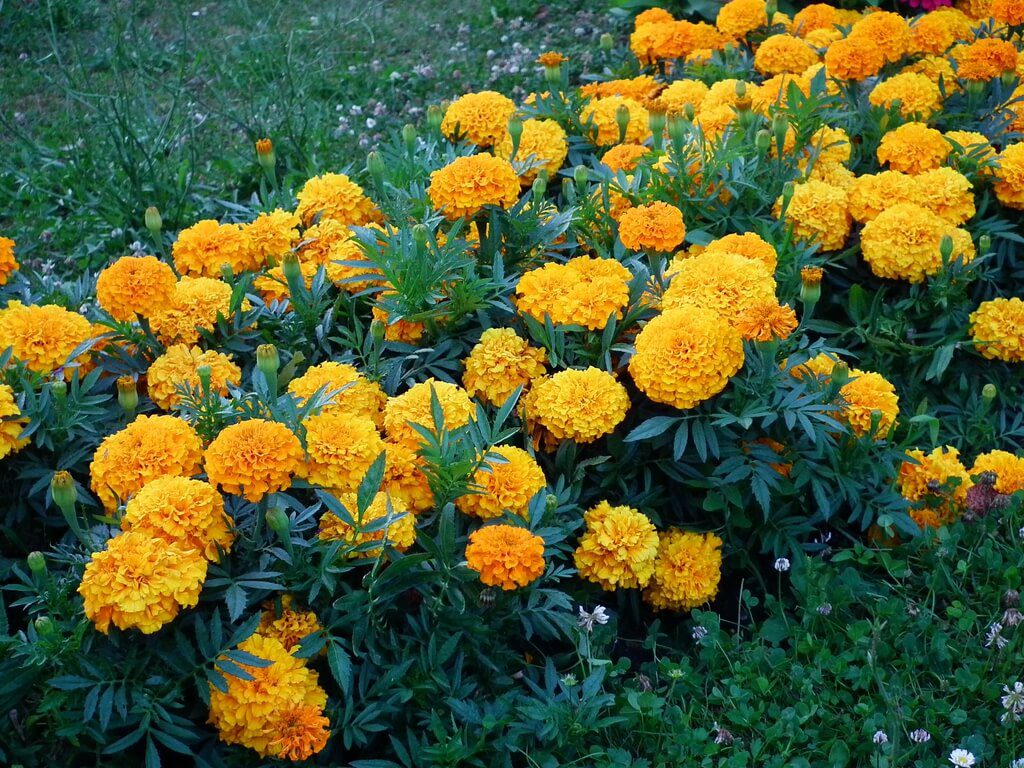
Marigolds are a popular choice for gardeners seeking to repel insects. Their distinct scent is known to deter aphids, nematodes, and whiteflies. Plant marigolds around your vegetable garden to create a natural barrier against these common pests. Additionally, their vibrant colors can add a cheerful pop to your garden landscape.
Rosemary (Rosmarinus officinalis)
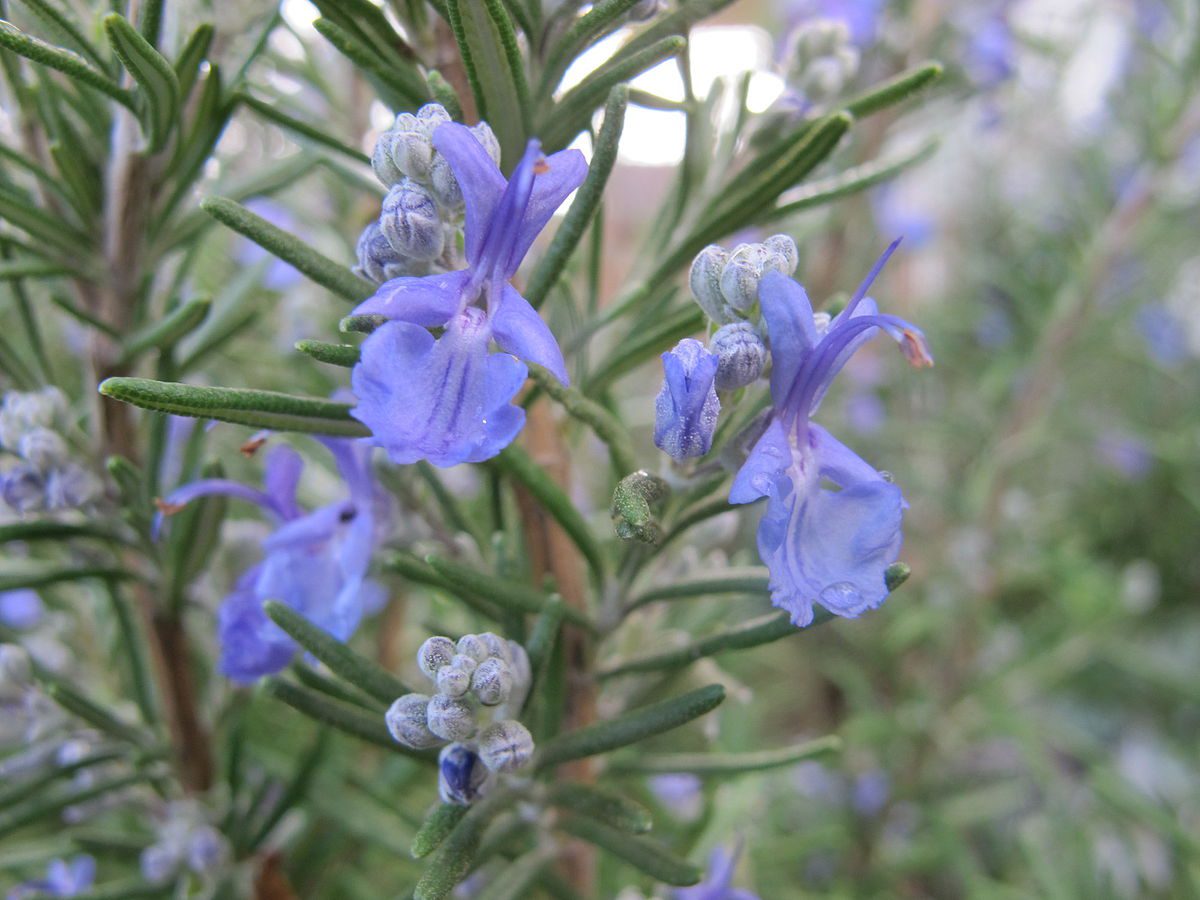
Rosemary is not only a versatile herb for culinary uses, but it’s also a powerful insect repellent. Its strong aroma can help ward off mosquitoes, cabbage moths, and carrot flies. Placing rosemary bushes near plants that are prone to infestations can help protect them and contribute to the overall health of your garden.
Chrysanthemum (Chrysanthemum spp.)

Chrysanthemums contain a compound called pyrethrin, which is commonly used in organic insecticides. The natural pyrethrin found in chrysanthemums can effectively repel a wide range of insects, including ants, roaches, and Japanese beetles. Be cautious if you have pets, though, as pyrethrin can be toxic to them.
Mint (Mentha spp.)
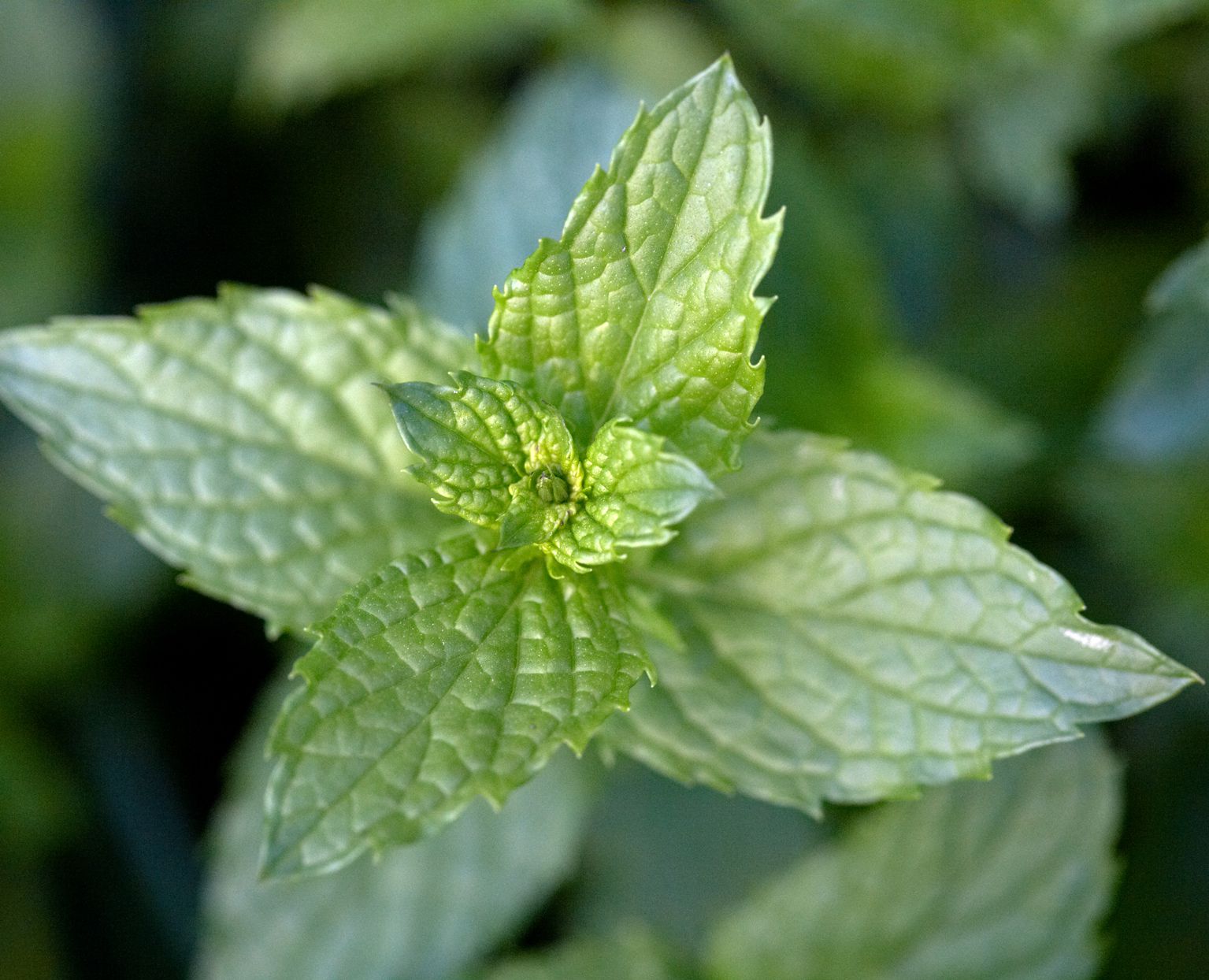
Mint is a fragrant herb that’s easy to grow, but its scent isn’t appealing to many pests. Planting mint around your garden can help keep ants, mosquitoes, and even rodents away. Just be cautious, as mint has a tendency to spread rapidly, so it’s best to grow it in containers to prevent it from taking over your garden.
Basil (Ocimum basilicum)
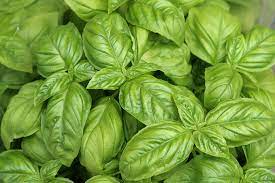
Basil is not only a beloved herb in the kitchen; it can also serve as a natural pest repellent. Its pungent aroma can deter flies, mosquitoes, and aphids. Interplanting basil with your tomatoes or peppers can help protect these plants from potential infestations.
Nasturtium (Tropaeolum majus)
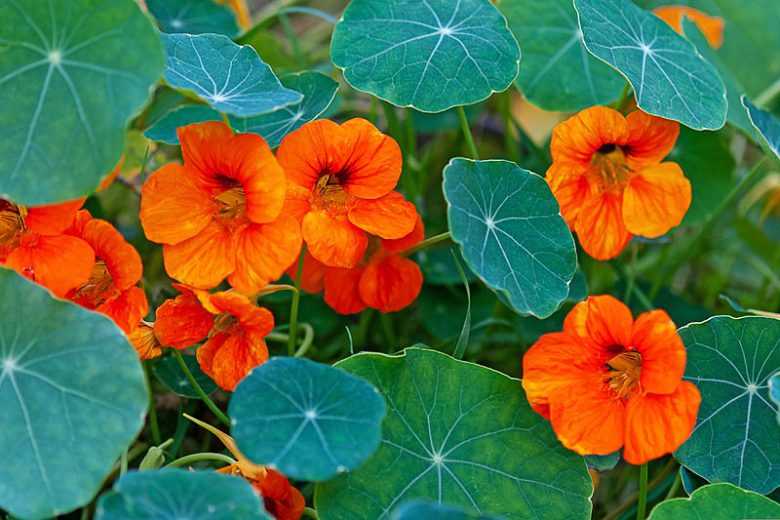
Nasturtiums are not only visually appealing with their vibrant flowers, but they also act as a trap crop. These plants can attract aphids and caterpillars away from your other garden plants. As the pests are drawn to the nasturtiums, your primary crops can thrive without as much damage.
Conclusion
Maintaining a pest-free garden doesn’t necessarily mean resorting to chemical-laden solutions. By incorporating these insect-repelling plants into your garden design, you can create a natural and balanced ecosystem that minimizes the intrusion of bugs and pests. Not only will you enjoy a healthier garden, but you’ll also contribute to a more sustainable and environmentally friendly approach to gardening. So, roll up your sleeves, grab your gardening gloves, and let nature’s defenders work their magic in your outdoor sanctuary.


